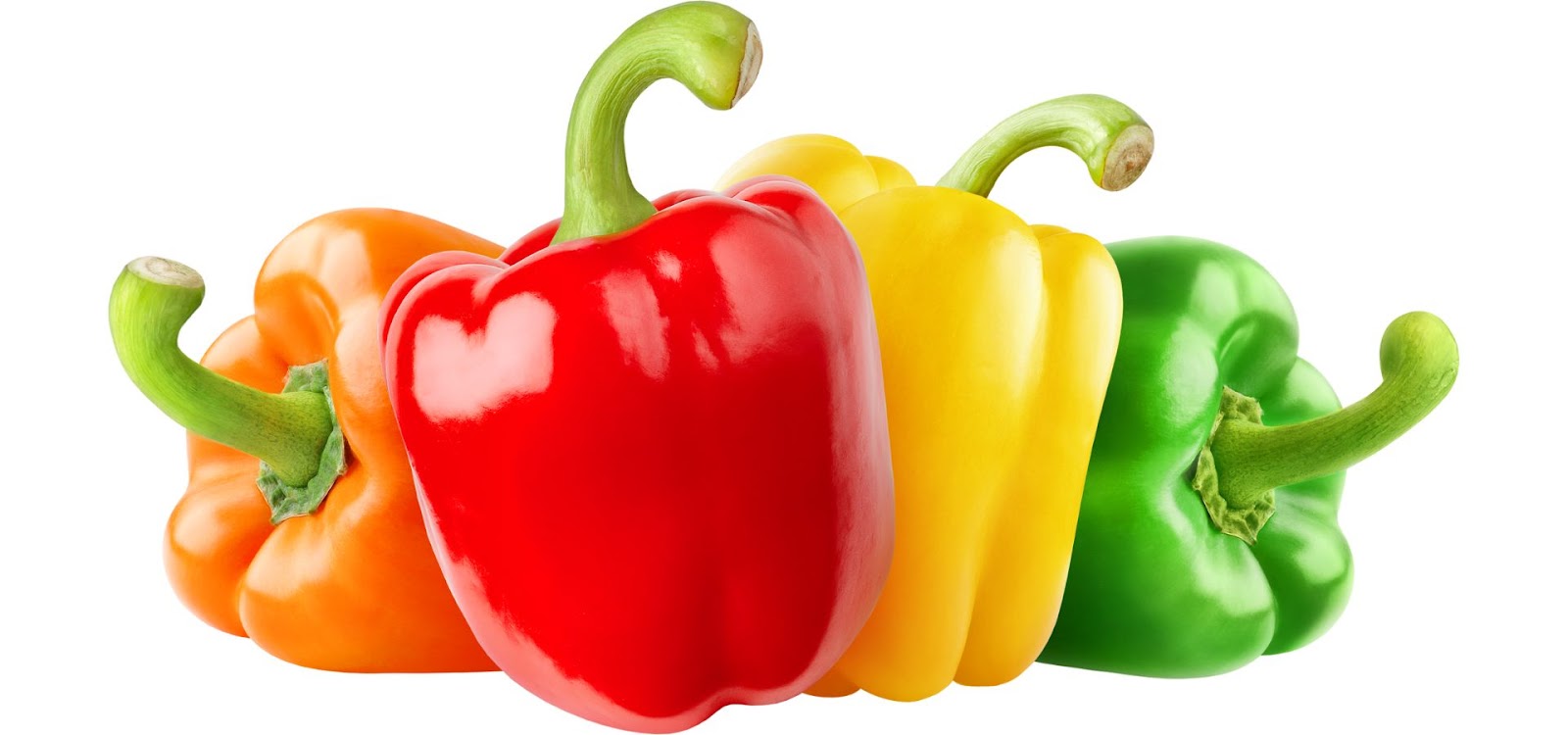For those managing blood sugar levels, vegetables can play an essential role in providing vital nutrients while helping to maintain glucose balance. Many vegetables are low in carbs and rich in fiber, making them excellent choices for people looking to regulate their blood sugar levels naturally. Here’s a guide to ten powerful vegetables that support healthy blood sugar management.

1. Spinach
Spinach is a nutrient-dense, leafy green that’s rich in fiber, magnesium, and antioxidants. The magnesium in spinach helps improve insulin sensitivity, making it easier for the body to regulate blood sugar. Its fiber content slows down the digestion of carbohydrates, helping to maintain steady blood glucose levels.
Quick Insight: Add fresh spinach to smoothies or salads to enjoy its blood-sugar-regulating benefits.
2. Broccoli
Broccoli contains sulforaphane, a compound that has been shown to help improve blood sugar levels by reducing oxidative stress and promoting insulin sensitivity. It’s also high in fiber, which slows digestion and prevents spikes in blood glucose.
Quick Insight: Steaming or lightly sautéing broccoli preserves its nutrients, making it a beneficial side dish for any meal.
3. Cauliflower
Cauliflower is a low-carb, high-fiber vegetable that can replace starchy foods in many recipes, such as rice or mashed potatoes. The fiber in cauliflower supports slow digestion, while its low glycemic index ensures it doesn’t cause rapid blood sugar spikes.
Quick Insight: Try making cauliflower rice or adding it to soups and stir-fries for a blood sugar-friendly option.
4. Asparagus
Asparagus is low in calories and carbohydrates, making it an ideal vegetable for blood sugar control. It’s also rich in folate and antioxidants, which support cellular health and reduce inflammation—factors that can indirectly help regulate blood sugar levels.
Quick Insight: Roasting asparagus with a dash of olive oil and seasoning makes for a simple, delicious, and healthy side dish.

5. Bell Peppers
Bell peppers are low in carbs and high in fiber, vitamin C, and antioxidants. Their fiber content helps regulate glucose levels, while vitamin C supports immune health and reduces inflammation, which can benefit those with blood sugar concerns.
Quick Insight: Slice bell peppers and pair them with hummus for a blood sugar-friendly snack.
6. Zucchini
With a low glycemic index and high water content, zucchini is an excellent vegetable for managing blood sugar. Its fiber content aids digestion, while its versatility allows it to be used in various dishes, from salads to zucchini noodles.
Quick Insight: Swap out pasta with spiralized zucchini noodles to create a low-carb, blood sugar-friendly meal.
7. Cabbage
Cabbage is packed with fiber, vitamins C and K, and antioxidants. This low-carb vegetable promotes digestive health and reduces inflammation, helping to keep blood sugar levels steady. Both green and purple cabbage varieties are great choices for blood sugar control.
Quick Insight: Try making a fresh cabbage slaw or adding shredded cabbage to soups and stews for a nutrient-dense boost.
8. Kale
Kale is another leafy green powerhouse, rich in fiber, vitamins, and antioxidants. Its high fiber content slows down the absorption of sugars in the bloodstream, keeping glucose levels balanced. Kale also contains magnesium, which plays a role in blood sugar regulation.
Quick Insight: Sauté kale with garlic and olive oil for a quick, nutrient-packed side dish.

9. Brussels Sprouts
Brussels sprouts are high in fiber and antioxidants and have a low glycemic load, making them an ideal choice for those managing blood sugar. The fiber helps slow down digestion, while the antioxidants reduce inflammation and support overall health.
Quick Insight: Roast Brussels sprouts with a drizzle of olive oil and a pinch of salt for a tasty, healthy dish.
10. Carrots
While slightly higher in natural sugars compared to other vegetables on this list, carrots have a low glycemic index, meaning they don’t cause a rapid spike in blood sugar. Carrots are rich in beta-carotene, fiber, and antioxidants, which support overall health and help with glucose control.
Quick Insight: Enjoy carrots raw, roasted, or steamed for a versatile, blood sugar-friendly vegetable option.
Adding these low-glycemic vegetables to your diet can naturally support blood sugar management while providing vital nutrients. By consistently including these options, you’re taking a proactive step toward better health and balanced blood glucose levels.
FAQs
Can these vegetables help reduce the need for medication?
While these vegetables can support blood sugar control, they’re not a substitute for prescribed medication. However, a balanced diet rich in low-carb, high-fiber vegetables may help improve overall blood sugar management. Always consult your healthcare provider before making any changes to your medication or diet.
Are cooked or raw vegetables better for blood sugar regulation?
Both cooked and raw vegetables have their benefits, but some nutrients are better preserved in raw form, while others become more bioavailable when cooked. Including a balance of both cooked and raw vegetables can offer the most benefits.
Should I avoid high-carb vegetables entirely?
Not necessarily. High-carb vegetables like sweet potatoes and carrots have essential nutrients and can be eaten in moderation. Portion control and balancing with low-carb vegetables can help maintain stable blood sugar.
How can I make these vegetables taste better?
Spice up these vegetables by roasting, steaming, or sautéing them with herbs, spices, and healthy fats like olive oil. Adding garlic, lemon juice, or a sprinkle of nuts can also enhance their flavor.

